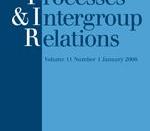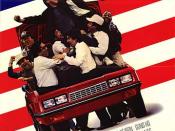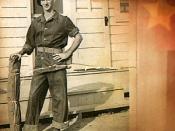Group Behavior in GUNG HOOUTLINE OF REPORTI.IntroductionII.Research QuestionIII.Discussion of the Main Framework: Group Behavior ModelIV.Analysis and InterpretationV.ConclusionI. INTRODUCTIONIn the movie Gung Ho, Hunt Stevenson is sent to Tokyo to convince the Assan Motors Corporation to take over the recently closed Hadleyville auto plant. The Japanese company agrees, and upon the arrival of their management team in the US many changes are introduced, among them lower wages and seemingly impossible standards of efficiency and quality. The lackadaisical attitude of the American workers toward quality only adds to the cultural strain.
Kazihiro, the Japanese executive in charge of the Hadleyville plant, gives Stevenson a large pay increase on the condition that he work as their liaison to convince the American workers to conform to the new management style. More concerned with keeping his promotion than with the long-term welfare of his fellow workers, Stevenson does everything he can to trick the American workers into compliance, but the culture clash becomes too great and he begins to lose control of the men.
In an attempt to solve the problem, Stevenson makes a deal with Kazihiro: if the plant can produce 15,000 cars in one month, thereby matching Assan Motors' current record, then the workers will all be given the raise they've been asking for. When Stevenson calls an assembly to tell the workers about the deal, they balk at the idea of making so many cars in so short a time. Under pressure from the crowd, Stevenson lies and says that if they make 13,000 they will get a partial raise. After nearly a month of working long hours toward a goal of 13,000 - despite Stevenson's pleas for them to aim for the full 15,000 - the truth is discovered and the workers strike.
Because of the strike, Assan Motors plans to...


